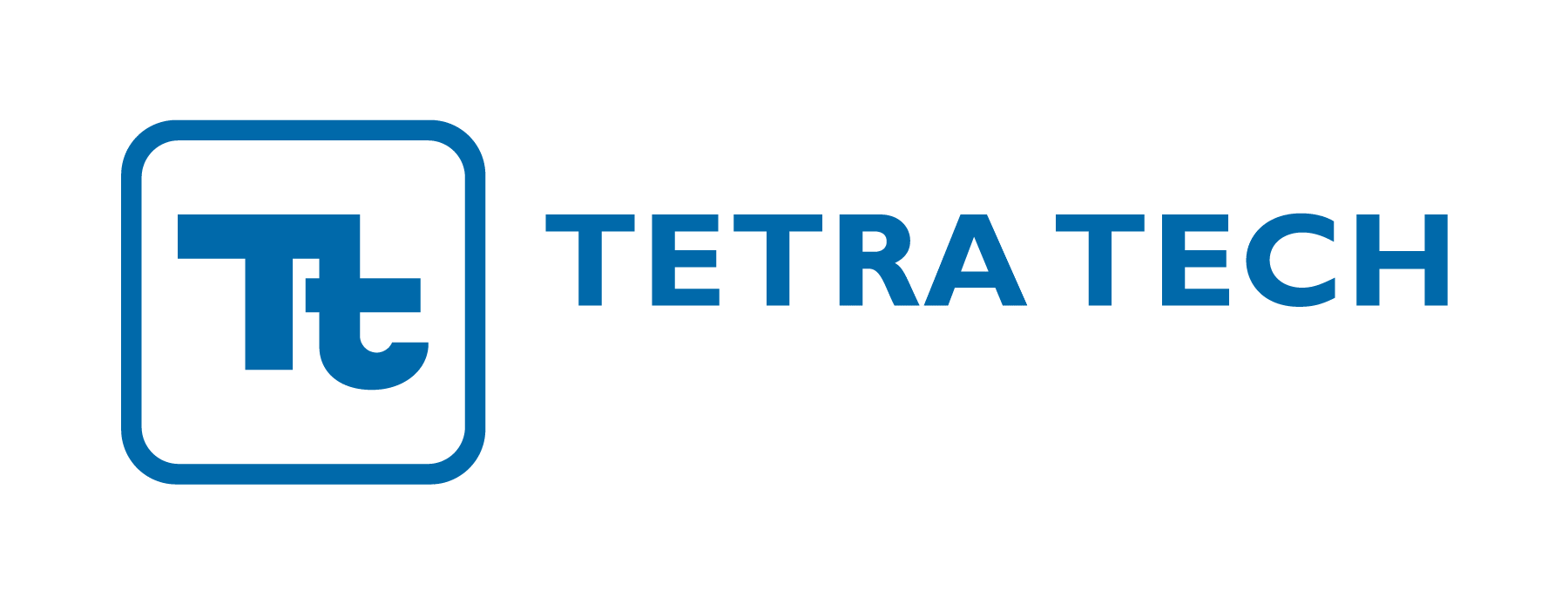Materials compliance requirements are known for demanding large quantities of hazardous substance data, which can often entail many hours of manual data entry. One of the best ways to reduce this workload is to employ a materials compliance software solution that can automate the collection and uploading of this data.
In addition to easing the burden of labor requirements, software solutions can also strengthen the quality control of the data by enforcing data integrity and identifying critical data gaps.
These important benefits are why so many companies are using advanced software to meet materials compliance requirements. Because of these clear advantages, many vendors offer competing solutions to the materials compliance data management challenge.
So, how does one evaluate, select, and purchase the best software solution with so many options on the table?
The answer may be different for different companies, depending on the needs of the company. Here are some factors to consider as you investigate the possibility of using a software application for material content reporting.
Third-Party Software Is Not One-Size-Fits-All
Every company is unique and has different goals and struggles. The fact that there are various competing software options is one indicator that there are different needs in different industry sectors. Before evaluating any software solution, your first step is to make sure you understand what your company’s goals are in employing a materials compliance software solution.
For example, are you trying to address customer requirements or directly respond to regulatory requirements? You should align your software approach with the needs of your stakeholders. If your major customers are all using a particular type of software, it would be important to consider using that same software to facility easy data flow between you and your customers.
Using a third-party software solution can greatly reduce (although not fully eliminate) manual data entry requirements. This is true for all companies tasked with materials compliance reporting requirements. However, not every company has the same type of challenges and requirements, and it is important to understand your company’s unique goals in order to find the right solution.
Price is Always a Factor
Purchasing and implementing a software application requires an up-front investment as well as ongoing maintenance costs. You will need to consider both short-term and long-term costs in your evaluation. Some software will cost more at first and then save you money in the long run. Other software may be very cheap at first, but it can end up costing your more in the long run.
One tip to keep in mind is that the list prices for software are not always firm and final. You can engage in negotiations with vendors to make sure you are not paying for functionality you will never use. This may take some up-front research in order to understand your required use cases. A good software vendor should be able to patiently walk you through this evaluation without pressuring you to tack on costly and unnecessary features.
Obtain References
Getting references for software applications can give you great insight into how a software solution might work for your company. If you know any users of the software you are looking at, call them and ask for their candid feedback. Choose companies who are in similar industries as you and have similar compliance challenges for the best insights.
You should also ask the software vendor to provide you with a few references. Obviously, these customers will have been hand-picked by the software vendor, and you will mostly hear about the good points of the software. However, there is much that can be learned from how these companies were able to successfully implement the solution. For these references, you should also ask the software company to put you in touch with companies in your industry so that the comparisons will be as relevant as possible.
No Solution Will Be 100% Automated
Once you have purchased a software solution, implementing and supporting the new system will take time. Sometimes it is disappointing for companies who purchase a solution, hoping it will automate their entire process, to then discover that there is still a lot of work required, especially in the first few months after purchase. Setting up and maintaining a software solution will involve labor hours from project management, IT support and the day-to-day users of the software.
While materials compliance software will greatly reduce your manual labor cost, especially in the long run, keep in mind that a software solution is not a silver bullet that will eliminate all of your labor costs.
When you are budgeting for purchasing a software solution, you should include labor costs that represent the amount of time it will take to set up, use and maintain the software.
Moving Forward
If your company faces significant manual data entry costs for materials compliance, investigating a third-party software solution makes sense. To evaluate the software, you should keep in mind the unique challenges of your company, the cost of the software, and the information you gather from references. As you walk through this process, other considerations may also occur to you, especially after you talk to the customers you gather references from.
For assistance in evaluating software solutions for materials compliance, contact Tetra Tech’s compliance experts today. We can help you determine cost factors, understand your software needs and help you find a solution that will ultimately save you time and money in product compliance reporting.






